6. BioFabricating Materials¶
Research¶
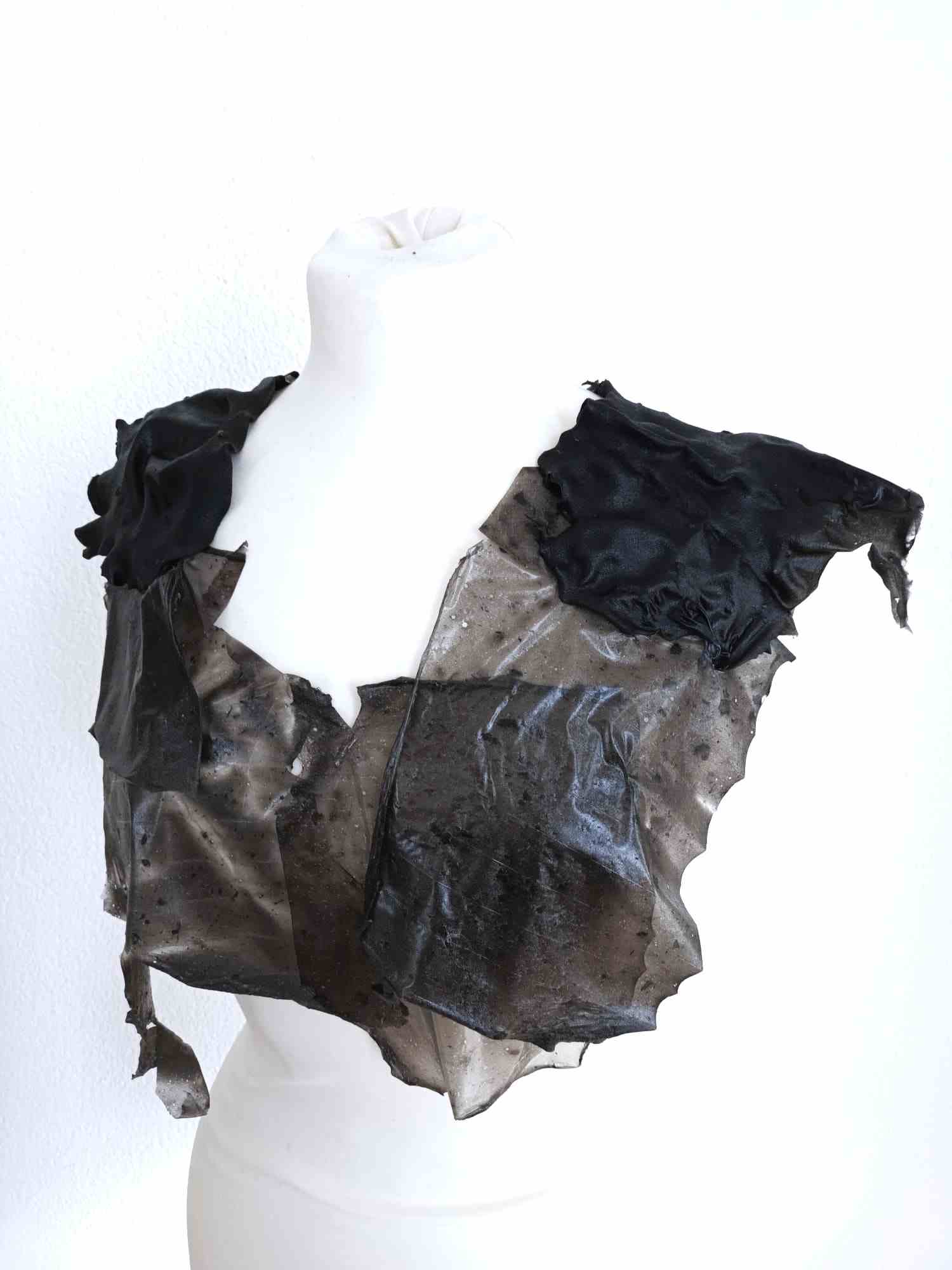
This week was about making our own bioplastic materials. Bioplastics are crafted from renewable resources such as corn starch, pea starch, and vegetable fats and oils. Agar-agar bioplastic is created through the combination of water, glycerine, and agar powder, resulting in a flexible but non-elastic film-like plastic substitute. In contrast, conventional plastics, also known as petro-based polymers, are primarily derived from petroleum or natural gas.
I made a black top and a show piece with marbles. For the top, I chose to work with Agar-agar, a gelly-like substance derived primarily from red algae like Tengusa (Gelidiaceae) and Ogonori (Gracilaria), which serves as a thickening and gelling agent in culinary applications and can also be utilized in the production of bioplastics. For the show piece, I used the same recipe, but added gelatine and soap.


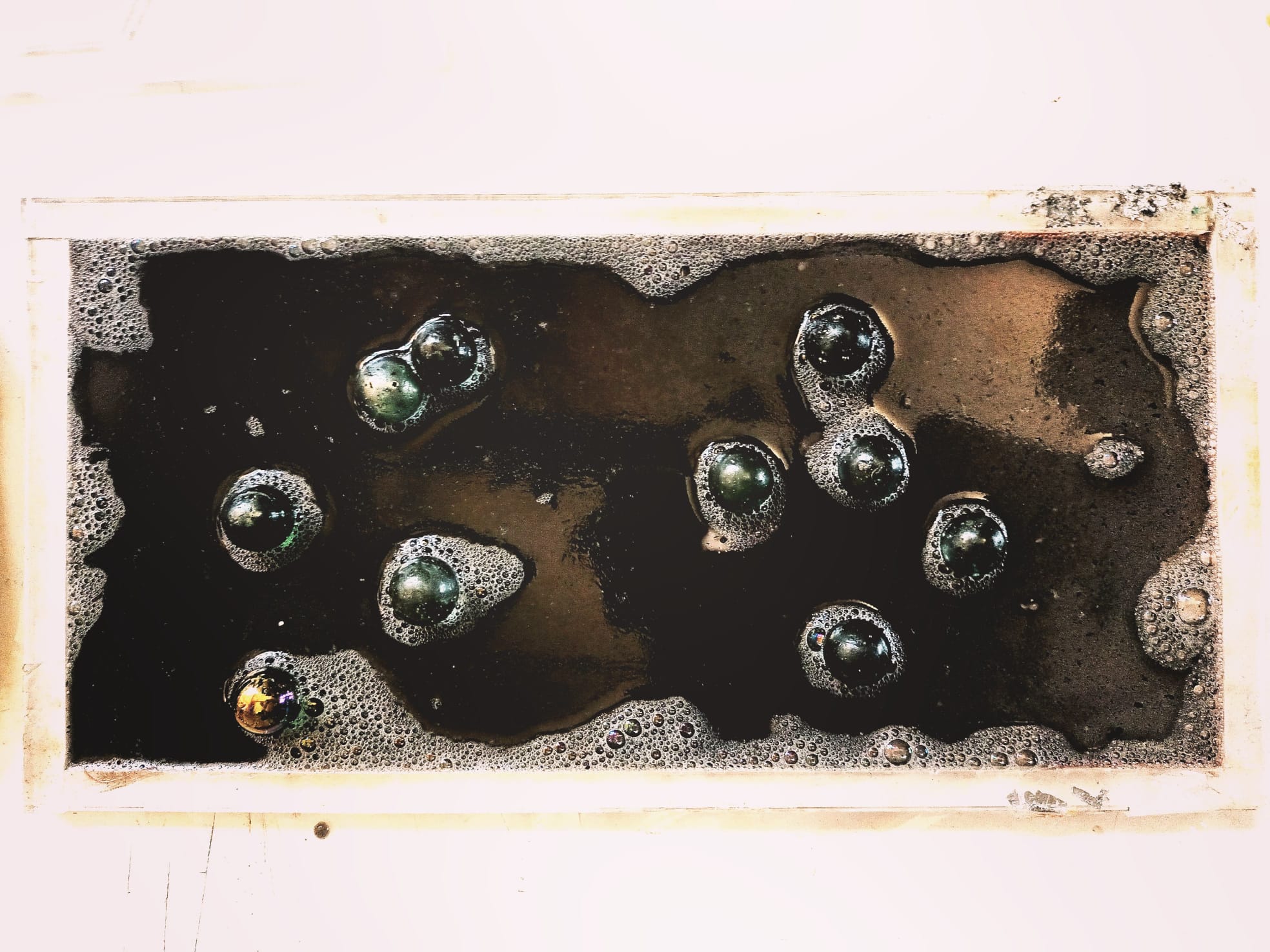

Crafted BIO-plastic, -silicone, -resin, -foam FISH -leathers, -plastics | FRUIT-leather | ALGAE-leather, -yarn | BOMBIX-yarn (silkworms) | COCONUT-mat | PINATEX-leather Grown MICROBIAL-leather | FUNGII-leather | TEMPEH-leather | LAB GROWN-leather | SPIDER-silk
OPTIONS FOR MATERIALS
Bio -plastics -resins -silicones:
gelatine / agar / alginate / fruitwaste / tapioca / calcium chloride / starch / glycerine / water / vinegar / pigments & dyes / sodium carbonate / kombucha / mycelium / malt / yeast

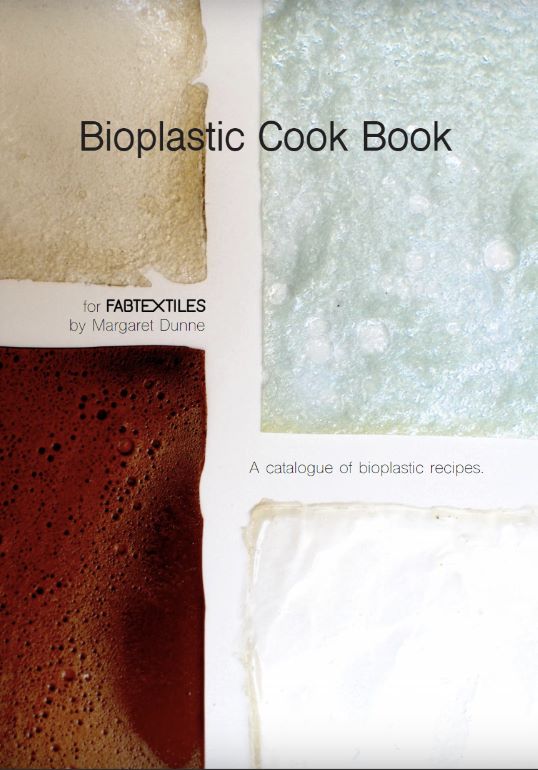
References & Inspiration¶
This week, we had a class outing to the Dutch Design Week in Eindhoven. There I saw this beautiful biofabricated bathing suit.
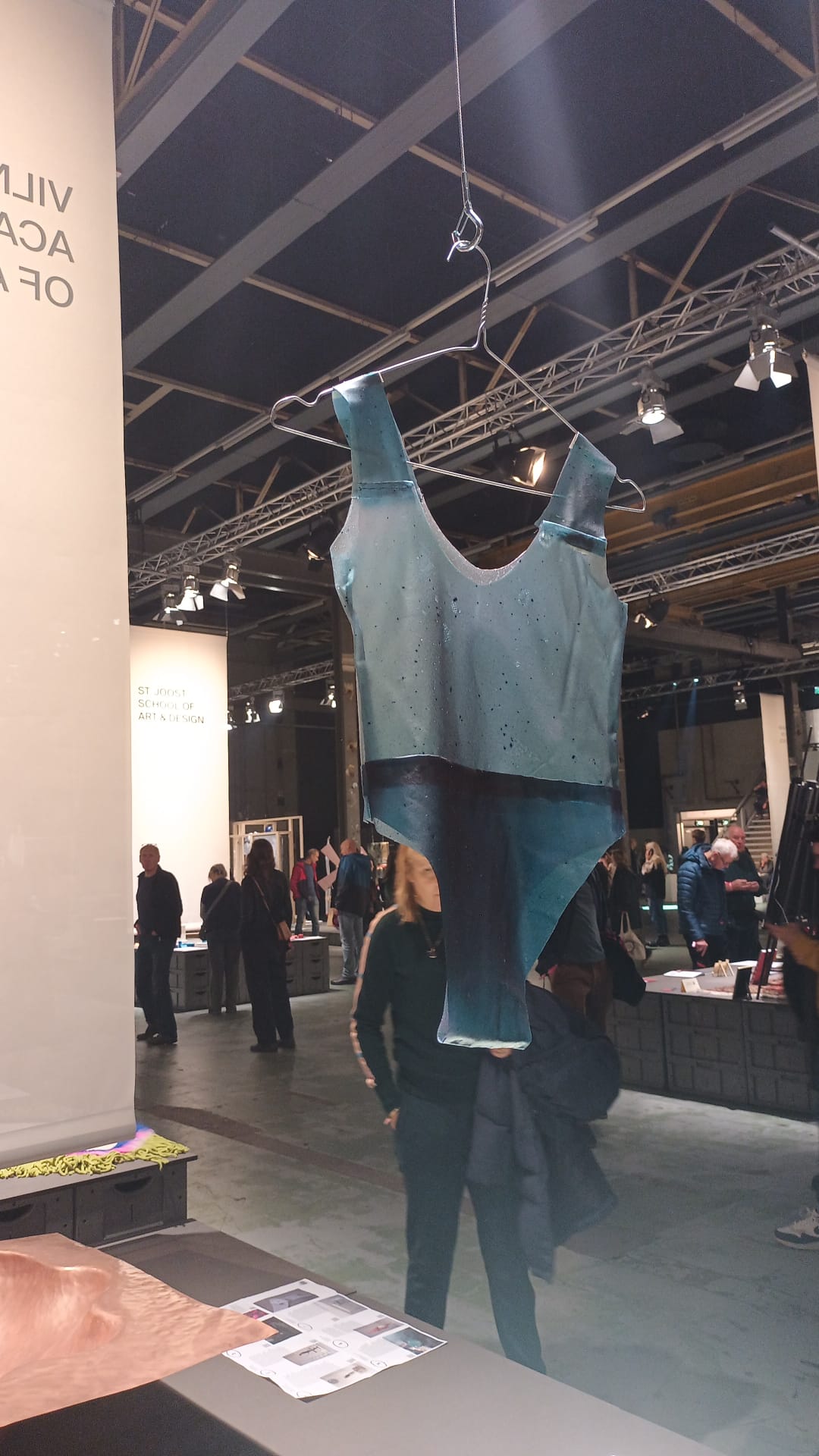
For my top, I was inspired by Dries van Noten and Junya Watanabe.

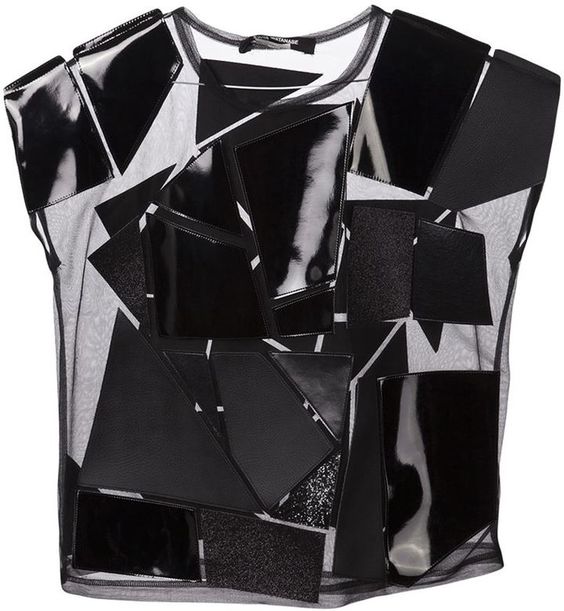

Process and workflow¶
Ingredients, Materials and Tools You'll Need¶
The black bio foil top¶
How to create a black top made out of Agar Bio Foil - a fragile yet beautiful translucid material, use
-6 grams of agar agar
-6 grams of glycerine
-400 ml of water
For the shoulder pads, which needed to be sturdier, use
-22 grams of agar agar
-22 grams of glycerine
-300 ml water
-Charcoal and/or Indian ink
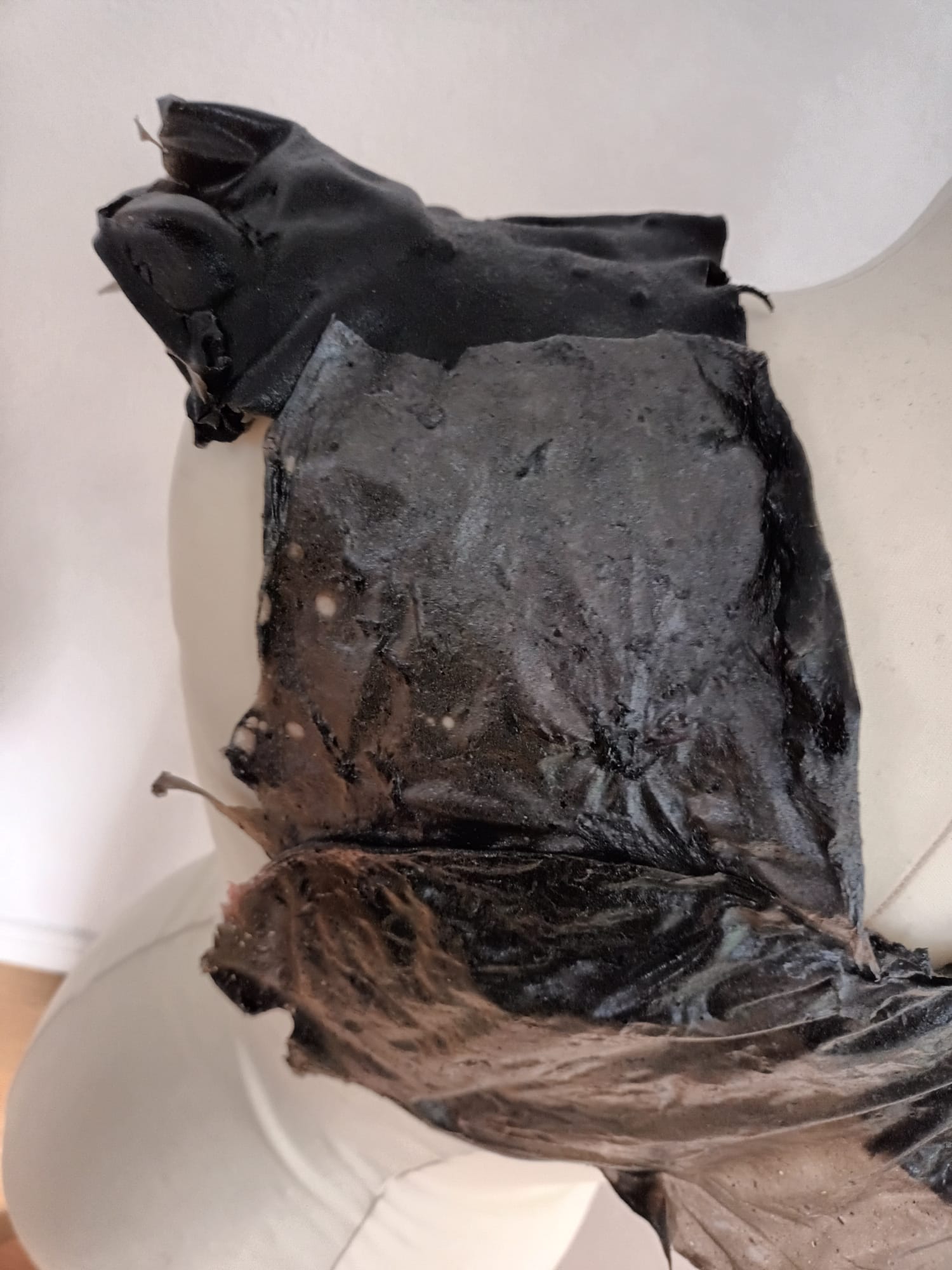
- Agar Agar Powder: You can find this in most grocery stores or online.
- Glycerine: Available at drugstores or online.
- Water
- A Pan
- A Stirring Spoon and/or whisk
- A Molding Tray
- Black coloring, such as Indian ink and/or charcoal
- Glue if you want to put the fragile bio foil pieces together

Steps¶
- Prepare Your Molding Tray: I used an empty painting frame, duct taped around the edges.

-
Mix the Ingredients: Add 6 grams of glycerine to 400 ml water, let that mix. Then add the agar agar powder. Stir to combine the agar agar, glycerine, and water thoroughly.
-
Heat the Mixture: Pour the agar agar-water-glycerine mixture into a saucepan. Bring it to a gentle boil over medium heat, stirring constantly. Continue to simmer for about 20 minutes, or until the agar agar is completely dissolved.
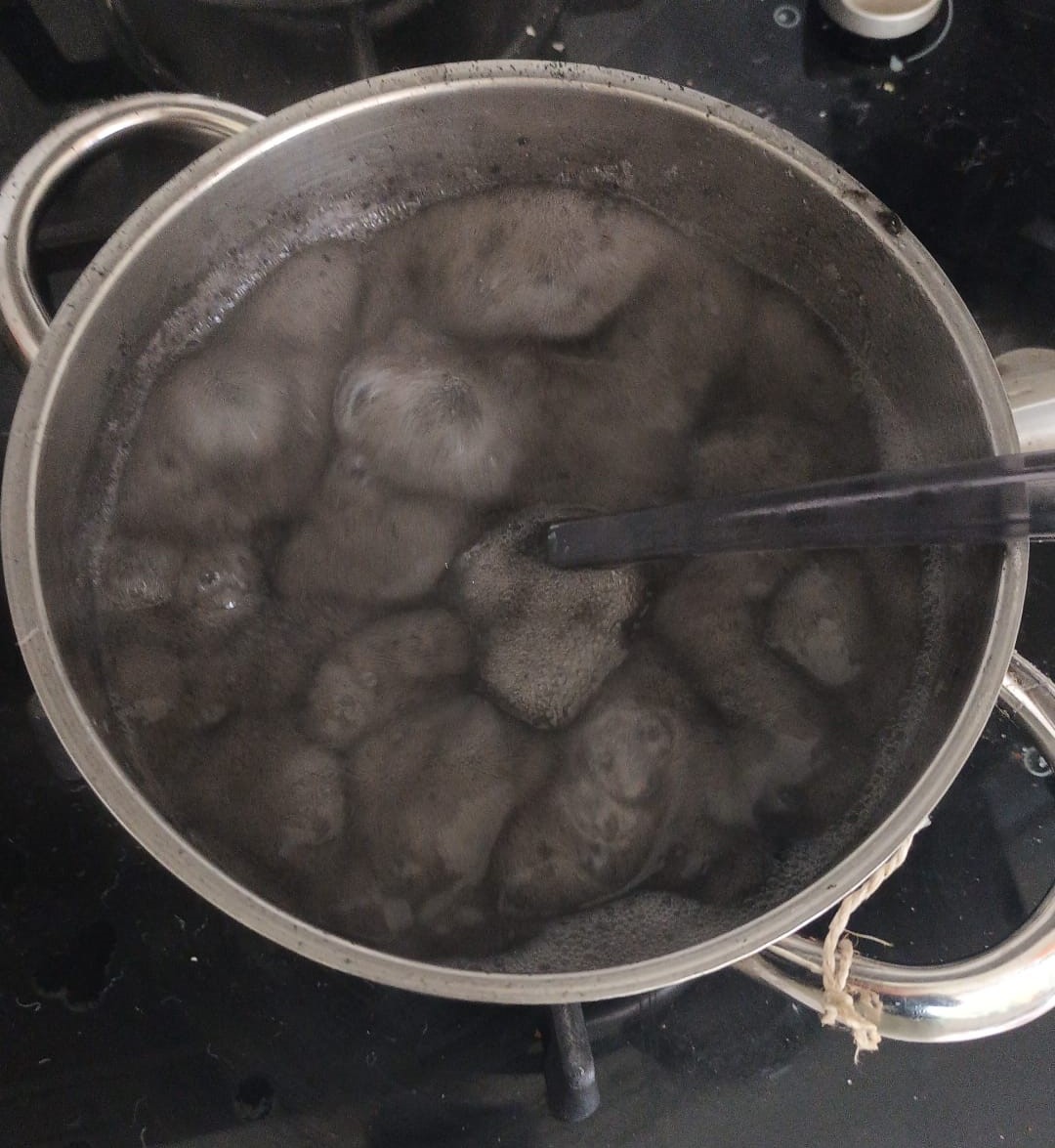
-
Add Black Coloring (Optional): If you want your top to be black, you can add black coloring to the mixture. I added indian ink (6 drops) and charcoal (half a stick, crushed with the back of a spoon).
-
Pour into Molding Tray: Carefully pour the hot mixture into your chosen molding tray. Make sure it's level to ensure an even thickness.
-
Allow to Cool: Let the mixture cool at room temperature for about 30 minutes. Afterward, you can place it in the oven for faster setting. I put it in the oven at 50 degrees celcius for several hours and two days extra to dry - it does take a long time.
-
Remove and Style: Once your agar agar top has completely set, gently remove it from the molding tray. You can experiment with different cuts, shapes, or designs based on your preference.
Note: because this agar biofoil is also made out of water, the material will shrink. To illustrate: this circle, when still wet, filled out the whole bottom surface of the pan:

Recipe for The Show Piece¶
Use:
-40 grams of gelatine
-6 grams of agar agar
-8 grams of glycerine
-200 ml water
-Marbles
-A table spoon of dish washing liquid
-Charcoal
Kombucha bio-leather¶
Kombucha fabric is a form of bio-leather. It originates from kombucha, a beverage made through the fermentation of tea, sugar, bacteria, and yeast, commonly referred to as a 'SCOBY.' This recipe serves as the foundation for growing sustainable fabric.
Because this is a process that takes a month, I can't share results yet, but I have red wine (instead of kombucha) leather in the making.
For this, use:
-400 ml of red wine (instead of kombucha)
-600 ml of water
-50 grams dextrose (sugar)
-a piece of SCOBY (circa 5 x 4 cm)
Kombucha update: unfortunately, my kombucha moulded and it was thrown away.
